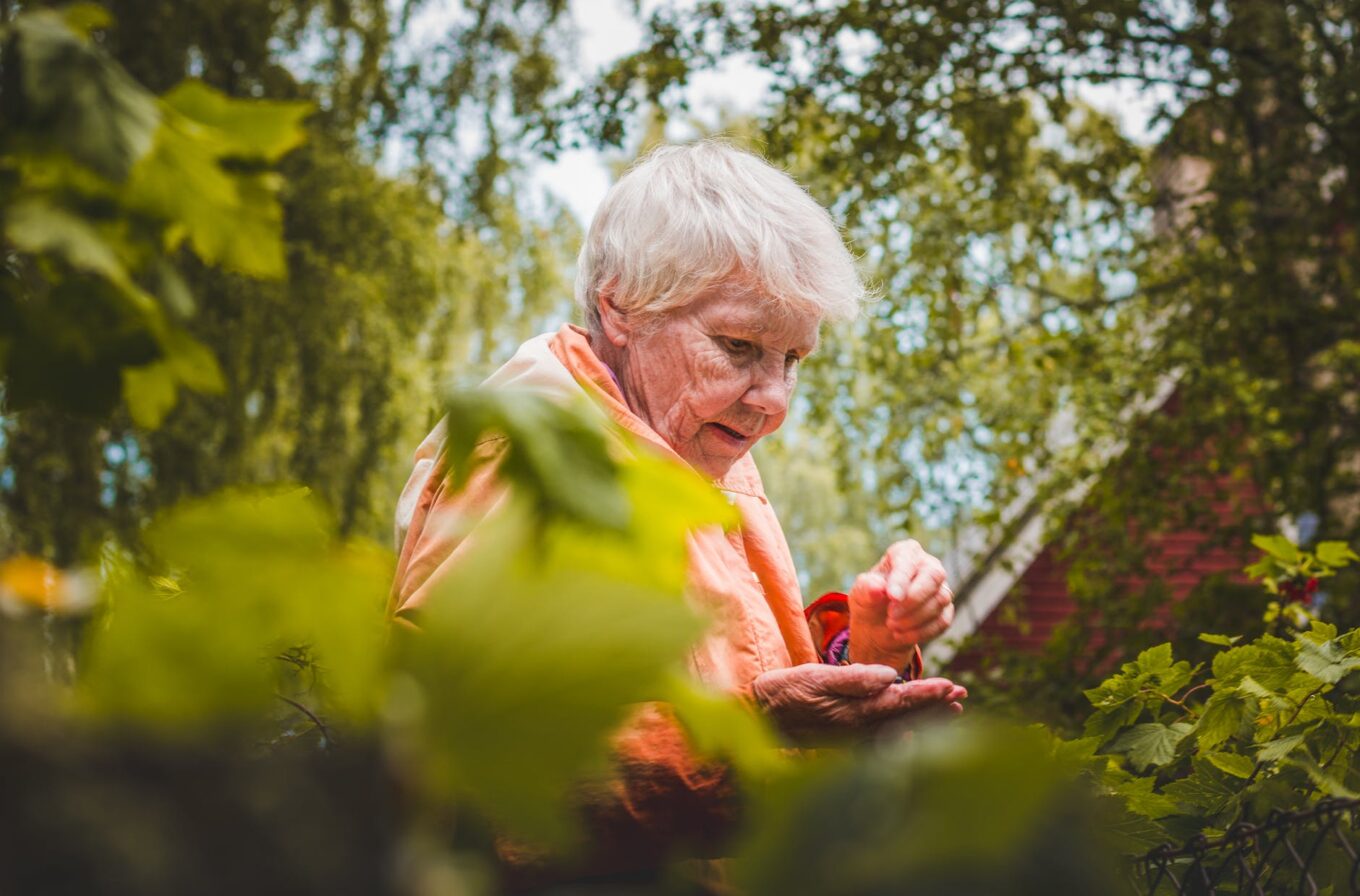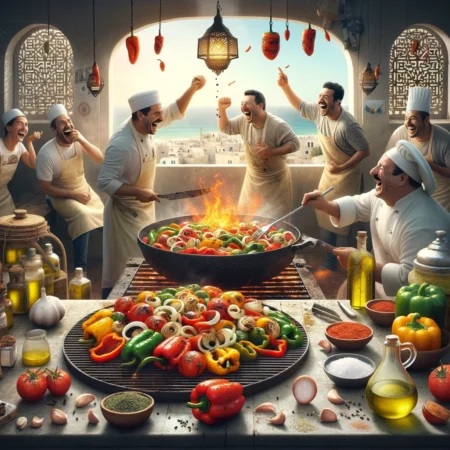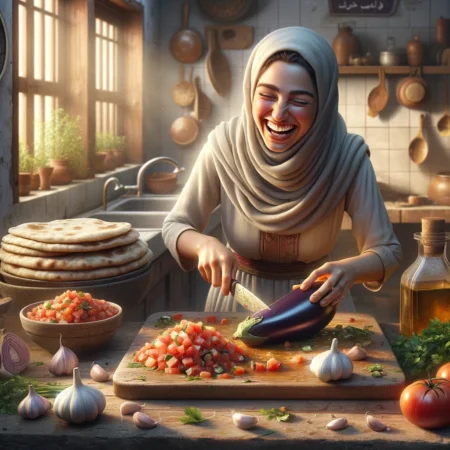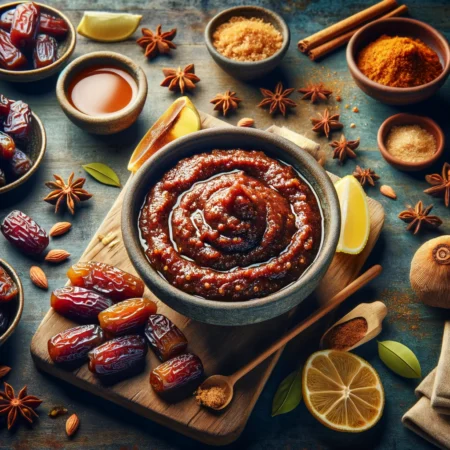There’s a saying, somewhere, in some forgotten corner of the world: “When we eat, we commune with the dead.” A bit morbid when laid out plainly, isn’t it? But meander with me for a moment. Put aside your knowledge of haute cuisine. Look beyond the aesthetics, the impeccably curated Instagram dishes, and the newest culinary fad. We’re not venturing there today. Instead, let’s dive into the idea of food as the very essence of a culture’s spirit. The pulse of societies gone by, still resonating in the plates we cherish now.
Stepping into Signora Bianchi’s kitchen in a rustic Tuscan village, I was engulfed by the rich aroma of ragù simmering away. This wasn’t just any ragù; it was a recipe passed down from the Renaissance era, a fragment from times when art and food mingled in an impassioned dance. As she stirred, she wasn’t simply blending flavors; she was evoking tales of art, love, and the reawakening of a society that danced through her lineage.
In Morocco, I sipped on harira from an old vendor in the maze-like medina of Marrakech. Each hearty bowl, infused with tomatoes, lentils, and a mix of fragrant spices, holds a chronicle. Some say it’s the embodiment of Berber endurance, others opine it’s a mosaic of the diverse Moroccan landscape. But every spoonful carries with it stories of trade, traditions, and timeless connections.
Cultures across the world bear these edible memories, dishes that go beyond sustenance, transcending into tales from epochs gone by. From the Jewish Passover Seder, a reminiscence of the exodus from Egypt, to the Scandinavian tradition of eating fermented herring to recall harsh winters and preservation techniques; these culinary relics stand as monuments to times, people, and stories.
Back in Spain, savoring tempranillo, locals share stories of ancestors weathering the turmoil of the Civil War, finding comfort in dishes like patatas a lo pobre. Even today, its simplicity resonates with the tenacity and spirit of a people unbowed.
It’s not merely about overcoming adversity. It’s about festivity, love, and euphoria. In Mexico, the vibrant tamales and mole sauces aren’t just a mix of flavors; they echo Aztec emperors, Spanish influences, and centuries-old festivities. Within every spicy, savory bite lies an entire civilization’s history and pride.
The profound realization about food as cultural memory is this: when we cook, through rituals and traditions, we summon the souls of our predecessors. Your abuela’s essence lives in the empanadas you craft, the spirit of your ancestors thrives in the wine you ferment, and the audacity of bygone eras is present in every rustic loaf you bake.
Now, with today’s culinary kaleidoscope where dishes like sushi-pizza make headlines (oh, the audacity!), and global fast food chains dominate, is there a risk of these ancient recipes fading away? Possibly. But in this intricate weave of modern gastronomy, we’re infusing fresh narratives, novel tales, and contemporary legacies. And maybe, just maybe, ages hence, someone will taste a creation, feeling a connection to our era, our struggles, our euphoria.
So, the next time you’re about to relish a dish, pause. Close your eyes. Taste the layers of stories, the passion, the battles, and the joy simmered and baked into it. Because in that morsel, you’re not merely savoring flavors. You’re embarking on a journey through time, memories, and the heart of civilizations.
Eat well, remember more.





